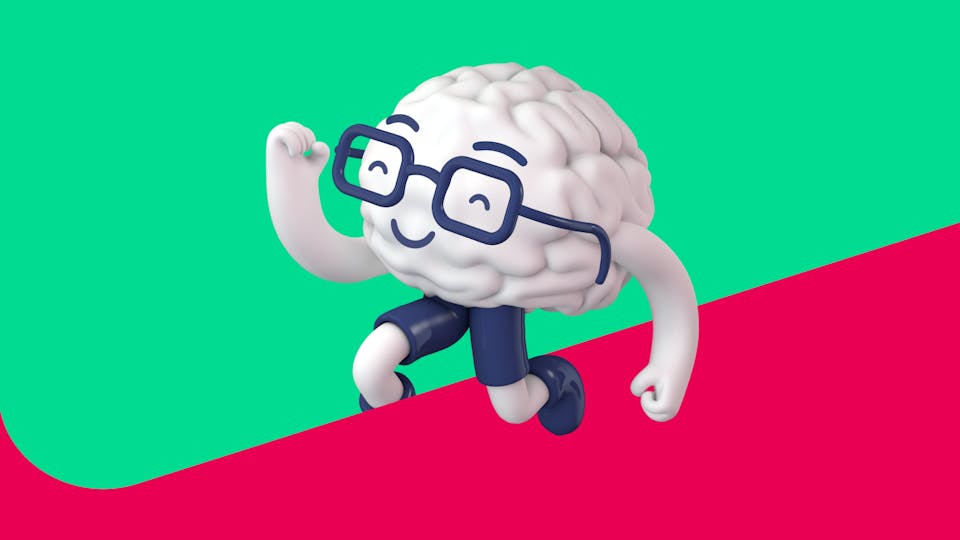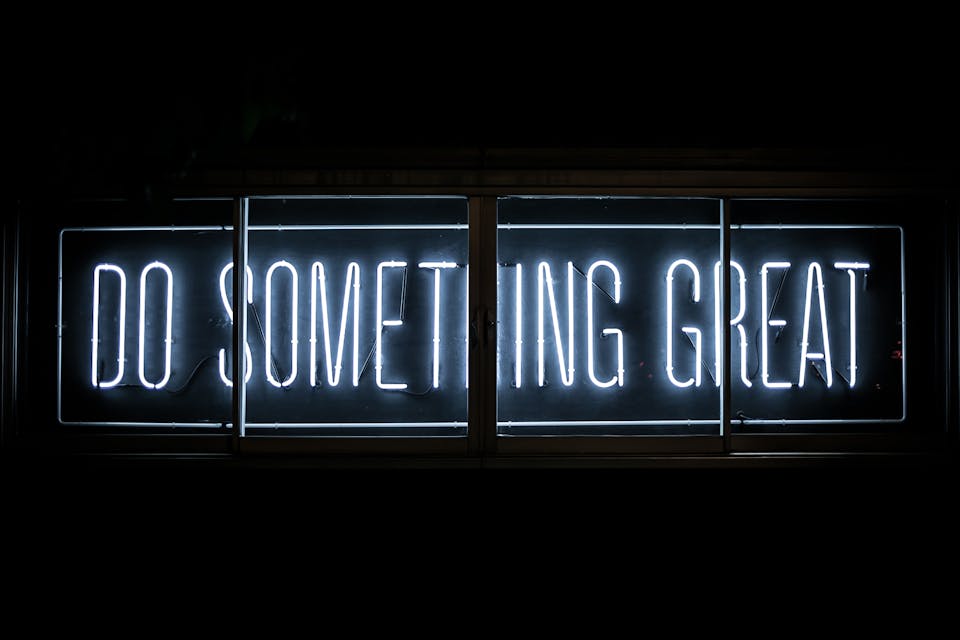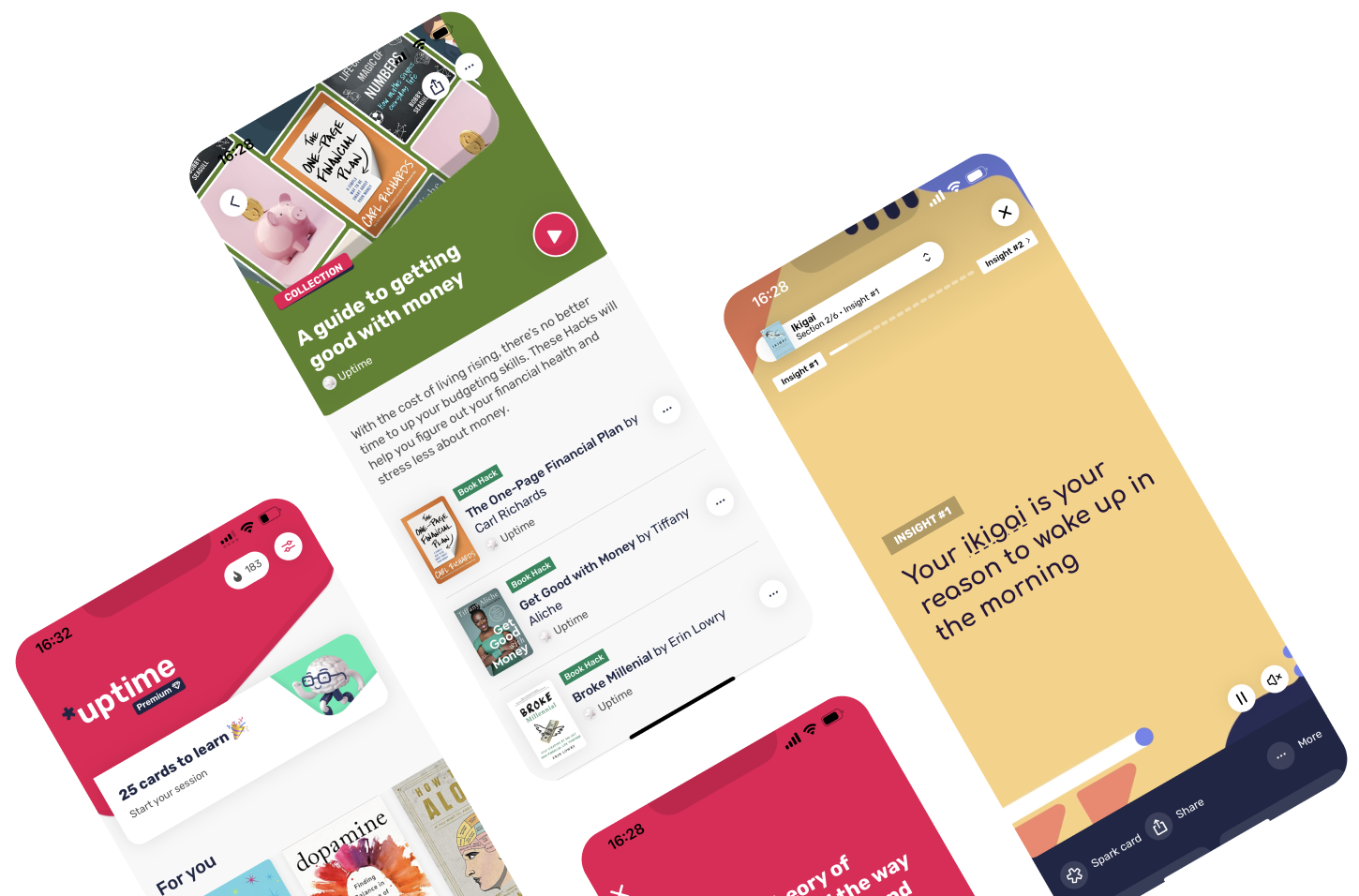June 15, 2022
The Ultimate Guide to Meditation for Beginners: Mindfulness, Meditation Benefits, & How to Practice
There’s a lot of talk these days about meditation, and the myriad of positive effects it can bring. In this article, learn why mindfulness and meditation go hand in hand, and see how it can help you lead a more Zen lifestyle.

None of us are strangers to feelings of stress, exhaustion, anxiety, or short-temperedness. If you’re struggling with sleepless nights or feeling burnt-out, have you considered meditation a try? This ancient practice has the power to help us handle these everyday unpleasantries, and we're using this article to explain why.
For those out of the loop, simply put, meditation is a practice where an individual takes the time to turn away from their busy daily lives and find a moment of quiet. In this period of stillness - and it doesn't have to last long, particularly at first - the individual becomes quiet and alone with their thoughts. Away from other distractions, the individual begins to clear their mind by focusing on a particular object or sensation that is in front of them - like sounds outside their window, for example. This focus and awareness helps the individual become more in tune with their own thoughts and feelings. This mindful state helps the individual train their own attention and awareness to the world around them, instead of letting life - and the beauty of life's every day - pass them by. With time, this practice is used to achieve a calm, clear, and stable state of being.
The healing practice of meditation is a marathon, not a sprint. Beginners often test the waters with simple breathing exercises; with daily practice, you’ll start to notice your self-awareness and patience grow, and awaken your awareness of the world. Once you learn how to observe your emotions, you can start letting them pass you by without responding or reacting to them. This, many meditation instructors believe, is the key to finding inner peace.
Eager to find out what meditation is all about, and how it can help you live a lighter life? These three books and lessons can guide you along your mindfulness journey.
Headspace: Guide to Meditation – Matt D’Avella
On Uptime
If you want a solid overview of the origins of meditation, what it is, and how we can use it, this Netflix series by D’Avella is the ticket. First, he walks you through the basics of meditation, then reveals how you can put this powerful practice into action.
According to D’Avella, when you commit this mind workout, the benefits have the power to change your life. Here are some key points from this popular documentary that will help you with your practice:
1. The mind responds to training like a muscle does.
Many people assume meditation is about emptying the mind or trying to control it. On the contrary; it’s a workout for the mind to notice our thoughts and emotions as they occur and to let them pass without judgement.
It takes time to get your mind in shape to handle all the daily stress you might face, but so does training to run a mile. Both can become a positive addiction.
Meditation takes up only a small fraction of your day, but it helps you become aware of your body.
2. It’s science-backed.
Meditation has become a lot more popular in recent years, but for some it still denotes certain connotations - how can sitting in silence do anything significant? But meditation, simple as it may be, carries the power to change the mind for the better, and science can prove it.
A Harvard study proved that eight weeks of regular meditation was enough to change the brain. This is due to something called neuroplasticity. It’s how the brain changes in response to training.
Several studies deliver visible proof of the success of meditation. These include patience, acceptance, compassion, and even happiness.
3. The peace of mind you’re looking for is already within you.
D’Avella reminds us that “you are not your thoughts.” We all tend to hold onto emotions that would be better off released. When you take a few moments to meditate, you can treat any intrusive thoughts that swoop in as passing clouds. See them, notice them, then let them go.
The visualization techniques taught in this documentary are built to help you recognize limiting thoughts. You already have the power to live in a state of peace; you just need to get out of your own way.
To learn how to put these ideas into practice, and discover how to start building your own meditation routine, have a look at our 5-minute Guide to Meditation over on Uptime.
10% Happier – Dan Harris
On Uptime
Any meditation skeptics out there? Then this book by Dan Harris is for you. It provides an easy route into meditation that helps you become a believer.
 There's no point in being unhappy about things you can't change, and no point being unhappy about things you can.
There's no point in being unhappy about things you can't change, and no point being unhappy about things you can.- Dan Harris
This book helps its readers to dive into the benefits of how to let go of the ego; how to be comfortable being you. Learn how to lean into the now and stop comparing yourself to others.
1. Why your ego is getting in the way of your happiness
Ah, the ego. When you dwell about the future and past instead of living in the present, the ego is in control.
Your ego always wants more, and gets in the way of your happiness in the process.
Your ego craves drama and worry. It’s always on the prowl to compare your achievements with the next in line. That’s why it’s never happy and no triumph will ever be enough to satiate it. Hence the importance of being aware of it and taking control over it.
2. Letting go of your ego and finding simplicity won’t make you a pushover.
The beauty of mindfulness is in the power it has to make you more creative and productive. It doesn’t make you a weak person who goes along with the status quo just to avoid making waves.
Mindfulness and the practice of meditation will help remove the need for competition. It will help you approach things with more clarity.
3. Meditation makes you more compassionate by giving you a fourth habitual response.
When we experience anything in life, we typically exhibit three habitual responses:
1) We want it.
2) We reject it.
3) We zone out.
When we introduce meditation into our lives, we gain a fourth option: observing without judging. When you reflect on painful emotions before acting on them, you’re able to notice the emotion and let it pass before making any rash decisions or actions.
CreativeLive's 30 Days of Genius - Gabrielle Bernstein, Chase Jarvis
On Uptime
If you haven’t already, we really recommend checking out CreativeLive’s 30 Days of Genius series, the brainchild of CreativeLive’s CEO, entrepreneur and author Chase Jarvis. In these 30 one-on-one conversations, Jarvis came together with some of the greatest minds in fields from business, to culture, and beyond.
In this episode, he talks all about the ins and outs of meditation and mindful practice with Gabrielle Berstein, motivational speaker and spiritual leader. Bernstein has written multiple books about the subject to share her wisdom. She explains the benefits of mediation and how it can unlock your creativity.
1. What can meditation do for us? What are its benefits?
Meditation breaks negative loops and tosses away toxic habits.
In our daily lives, it’s impossible to feel 100% all the time. We all face some degree of negativity and adversity, even if it’s just from watching the news, scrolling the internet, or through our social circles, and it can be hard to dodge the relentless voice of our own internal self-criticism. When we fall into the trap of emotional stress caused by these outlets, we choke our full potential and our creativity.
How can we stop criticising ourselves? Feelings of self-doubt and criticism can be tough to overcome, and when you first start meditating, you have to face up to these feelings you’ve been avoiding. This can be difficult at first, so be easy on yourself, and recognize that there’s no shame in having these inner critic. Almost all of us have one.
In the meantime, if you think social media is affecting your self-esteem, you can try to limit the time you spend on it. Take a break from the news, put down your phone, and try repeating an easy, positive affirmation to yourself each morning - you can write one out or even say it to yourself in the mirror. Choose something that resonates with you. Keep it short, and put it into practice.
2. How often should you meditate?
Consistency is key. To gain any traction with meditation, aim to make it a routine. Any new habit forming can seem intimidating, but that’s why it’s important to start small.
When you set a realistic, attainable goal, it’s way easier to put it into action. Something is better than nothing, and it will encourage you to keep up the new routine.
Regular meditation yields better results versus hitting it in small, sporadic spurts. You’ll see your patience and clarity grow the most when you still yourself for a few minutes a day. That’s one small social media scroll.
In time you’ll be able to get to 10 minutes, which is a sweet spot for many. That's the time it takes to make your morning coffee. Do it every morning and soon you’ll notice a positive difference in your overall demeanor.
3. How can meditation help me kickstart my creativity again?
Over time, Gabrielle Berstein says we can watch our creative blocks crumble as we grow and develop our meditative practice; it won't be long before you're kickstarting your creative journey again.
You have to crawl before you walk, right? Start small and steady to build up your practice. The more you practice, the more you'll notice the constant noise in your head begin to fade.
Everyone is creative, whether they realize it or not. Many don’t because of their own blockers that have formed over time - at childhood, they were led to believe they “weren’t smart enough”, for example. Meditation is the key to break down those blocks and access your full potential.
Carve out a few moments in your day to take one step forward with your creative practice, and use your meditation time and daily affirmations to build yourself up and cheer yourself on, instead of criticizing. Take one photo. Write one sentence. Draw one sketch. Do just one thing to keep the momentum going. The more you try, the easier it becomes.
To learn more about how meditation can help you unlock your full potential, have a look at our 30 Days of Genius: Gabrielle Bernstein summary on Uptime.
There are many ways we can practice meditation: if sitting still doesn’t work for you, you can forget the classic cross-legged approach and explore other meditative practices that combine mindfulness with movement, such as yoga, reiki, vipassana, dhyana, or even walking meditation. The importance is to experiment; find what resonates with you, give it a shot, and find a way to make it a habit. Clarity awaits.
Recommended















